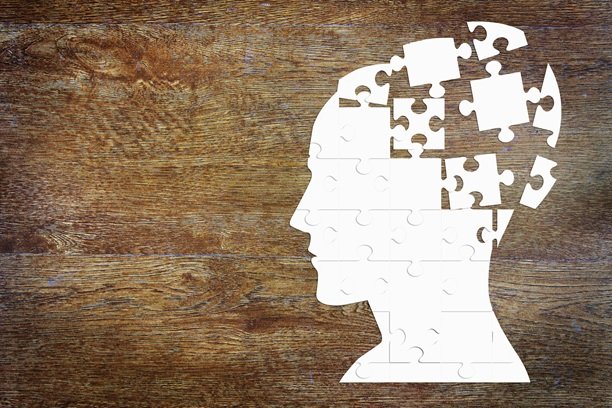
image credit- shutterstock
Scientists from Commonwealth Scientific and Industrial Research Organisation (CSIRO), Australia’s national science agency, in partnership with Queensland University of Technology, have used artificial intelligence to develop a world-first benchmark for measuring brain atrophy – or thinning - in neurodegenerative diseases, including Alzheimer’s disease.
Advanced machine learning techniques are routinely used in brain research to assess changes in cortical thickness, but until now, a lack of a clinically accurate ‘ground truth’ dataset meant we could not evaluate their sensitivity to the detection of small atrophy levels.
Prior to this breakthrough, the only way to get a ground truth measure of cortical thickness was by studying the brain post-mortem. However, brains begin to shrink immediately after death resulting in inaccurate readings.
Filip Rusak, research scientist from CSIRO’s Australian e-Health Research Centre, said cortical atrophy – thinning of the brain’s cortex – can start up to ten years before clinical symptoms of Alzheimer’s appear.
“Extremely accurate methods are needed to observe these signs in brain images when they begin to appear so they can be addressed earlier rather than later,” Dr Rusak said.
“Using the power of machine learning, we were able to produce a set of artificial MRI (Magnetic resonance imaging) images of brains with predefined signs of neurodegeneration in the cortex region, the outer layer of the brain most affected by Alzheimer’s. Before these findings, there was no way to conclusively determine the sensitivity of the various methods used to measure cortical thickness in Alzheimer’s patients,” he said.
The synthetic dataset images have been made publicly available so clinicians and scientists can use the synthetic images to conduct their own assessments of cortical thickness quantification methods.




